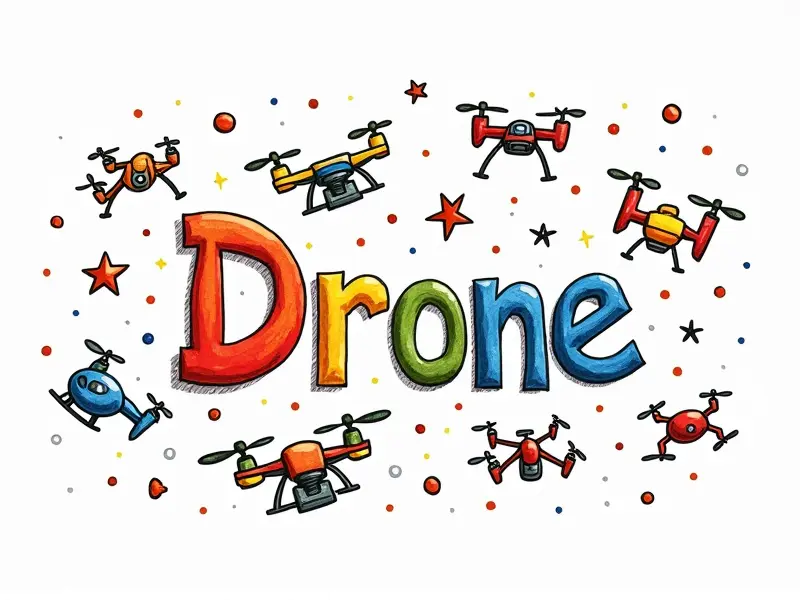RC foam planes pros and cons

RC Foam Planes Pros and Cons
Flying remote control (RC) foam planes has become increasingly popular among hobbyists due to their affordability, durability, and ease of use. This article delves into the pros and cons of foam RC aircraft, helping you decide if this type of plane is right for your flying needs.
Pros and Cons of Foam RC Aircraft
Foam RC planes offer a unique blend of benefits and drawbacks that make them an attractive option for both beginners and experienced pilots. Understanding these pros and cons can help you make an informed decision about whether to invest in foam RC aircraft.
Why Choose Foam RC Planes?
The primary reason many enthusiasts opt for foam RC planes is their affordability. These models are typically less expensive than traditional plastic or balsa wood planes, making them accessible to a wider range of hobbyists. Additionally, foam planes are highly durable and can withstand crashes without significant damage, reducing the need for costly repairs.
Foam RC Plane Benefits Explained
One of the most notable benefits of foam RC planes is their ease of assembly. Many models come with pre-cut parts that snap together quickly, allowing beginners to start flying almost immediately after purchase. Foam planes are also lightweight and maneuverable, making them ideal for learning basic flight skills.
Safety
Foam RC planes are safer than other types due to their soft construction material. This reduces the risk of injury during crashes or when handling the aircraft. The forgiving nature of foam makes it easier for beginners to learn without fear of damaging expensive equipment.
Disadvantages of Foam RC Planes
While foam RC planes offer many advantages, they also come with some drawbacks that potential buyers should consider. One major disadvantage is the limited flight time compared to more advanced models. Additionally, foam planes may not be as aerodynamically efficient as their plastic counterparts.
Limited Flight Time
Foam RC planes generally have shorter battery life and less fuel efficiency than other types of aircraft. This can limit your flying sessions and require frequent recharging or refueling.
Should You Buy a Foam RC Plane?
The decision to purchase a foam RC plane depends on your specific needs and goals as a hobbyist. If you are just starting out in the world of remote control aviation, foam planes can be an excellent choice due to their affordability and ease of use. However, if you have more advanced requirements or want to compete in races, you may need to consider other options.
Foam RC Planes: The Ultimate Guide
This comprehensive guide covers everything you need to know about foam RC planes, from selecting the right model to mastering basic flying techniques. Whether you are a beginner looking for your first plane or an experienced pilot seeking new challenges, this article provides valuable insights and tips.
Selecting the Right Model
Choosing the appropriate foam RC plane depends on factors such as skill level, budget, and intended use. Beginners should opt for simpler models with basic features, while more advanced pilots may prefer planes with additional capabilities like aerobatic maneuvers or high-speed performance.
Advantages of Flying Foam RC Planes
Flying foam RC planes offers numerous advantages that make them a popular choice among hobbyists. These include:
- Affordability: Foam planes are generally less expensive than other types, making them accessible to more people.
- Durability: The soft foam construction can withstand crashes without significant damage.
- Ease of Assembly: Many models come pre-cut and snap together quickly for easy setup.
Challenges with Foam RC Airplanes
Despite their many benefits, flying foam RC planes also presents certain challenges. These include:
- Limited Flight Time: Foam planes typically have shorter battery life and less fuel efficiency.
- Aerodynamic Limitations: They may not be as aerodynamically efficient as plastic or wood models.
Foam vs. Plastic RC Planes: Which is Better?
The choice between foam and plastic RC planes depends on your specific needs and preferences. Foam planes are generally better suited for beginners due to their affordability, durability, and ease of use. However, experienced pilots may prefer plastic models for their superior aerodynamics and performance capabilities.
Comparison Table
| Foam RC Planes | Plastic RC Planes | |
|---|---|---|
| Affordability | High | Moderate to High |
| Durability | Very High | Low to Moderate |
| Aerodynamics | Low to Moderate | High |
Benefits and Drawbacks of Foam RCs
Foam RC planes offer a range of benefits, including affordability, durability, ease of assembly, and safety. However, they also have drawbacks such as limited flight time and aerodynamic limitations.
Summary Table
| Benefits | Drawbacks | |
|---|---|---|
| Affordability | Highly Affordable | N/A |
| Durability | Very Durable | Susceptible to Damage in High-Impact Crashes |
| Aerodynamics | Moderate Performance | Limited by Design Constraints |
Is a Foam RC Plane Right for You? Weigh the Pros and Cons
Before purchasing a foam RC plane, carefully consider your goals as a hobbyist. If you are just starting out or looking for an affordable option with minimal maintenance requirements, foam planes can be an excellent choice. However, if you have more advanced needs or want to compete in races, other types of aircraft may better suit your requirements.
Conclusion
Foam RC planes offer a unique blend of benefits and drawbacks that make them suitable for certain types of hobbyists. By understanding the pros and cons of foam planes, you can make an informed decision about whether they are right for you. Whether you are just starting out or looking to expand your collection, foam RC planes provide an affordable and durable option for enjoying the world of remote control aviation.

